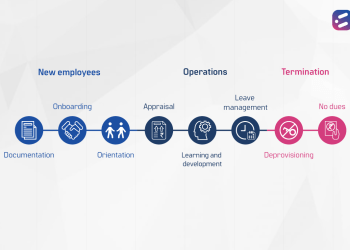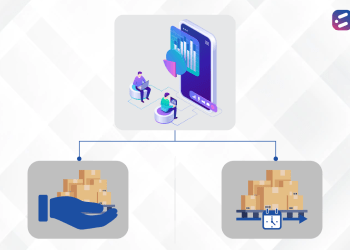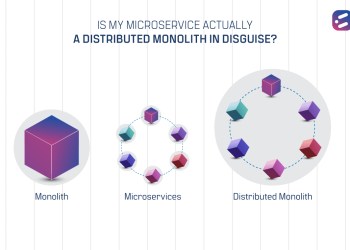In today’s work-from-anywhere environment, you may prefer that some part of your workforce works from the office to boost productivity and creativity, while others work from home to meet lockdown laws or just to avoid straining your office infrastructure.
Such a hybrid workforce can be hard to manage in tandem, without the right digital tools. However, digital transformation can make hybrid workforce management much easier. Here are the top 4 ways to make the process smoother.
1. Remote employee recruitment, induction and training
Hiring the right employee is challenging enough at the best of times – recruitment and onboarding without meeting the candidate is much worse! Digital recruitment has been a reality since the beginning of the pandemic, with heavy use of video conferencing, teleconferencing and online assessments.
Once the candidate is selected, onboarding begins. Delivering job training can be done efficiently via recorded videos and live video conferencing, interacting with HR, admin, superiors and colleagues to learn more about the role and its demands.
Training the candidate on the job is only a part of the onboarding process – work culture is a major part of what the new employee needs to learn and internalize. A great possible way to do this is with a game-based approach to learning, delivered via a learning management system.
E-learning content formats such as powerpoint decks, recorded videos, live instructor video lectures, microlearning and game-based quizzes assessments can be incorporated into the remote onboarding, in order to make induction more fun! You can make a great first impression when you use the right digital onboarding mix.
2. Performance management for remote workers
When managers work physically with some employees, and remotely with others, there’s a cognitive bias to feel that the at-work employees are working harder or are more diligent. That means that measuring performance of the remote workers in a fair, unbiased way, is all the more important. A digital performance management system thus becomes essential.
Keep targets realistic. Some employees will take time to adjust to working from home – you will need to give them the space to settle down, or move them back to the workplace. You can track consistent under-performance using your e-PMS, which could ideally be configured to measure output, not work done or hours spent at the system.
Go beyond hard targets of work performance, to keep up morale. You can consider a game-based approach to meeting soft culture-based targets. For instance, rewards or levels can be unlocked if employees have non-work-related conversations with their remote colleagues, or if they spend half an hour on physical exercise. Culture advocates can be appointed to drive the new work culture and mindset. Top performers can be offered non-monetary rewards and recognition to motivate them.
3. Reduce isolation for remote workers
A major problem faced by remote employees is the sense of isolation. Remote workers often don’t see another human being for days together! This can be a mental and emotional drain and a major cause of employee dissatisfaction.
Consider developing an internal social media platform for employees to interact with each other. Encourage them to put up personal content and share something about themselves online with their colleagues. You could also create work-related forums where employees can ask questions and get them clarified by their colleagues or superiors.
While it is a drain on their internet bandwidth, it might be a good idea to encourage regular video conferencing with colleagues. Even if they feel a call would do, urge your team to make it a video call instead. Seeing each other’s faces can add a sense of recognition and connection between the colleagues.
Remote employees are thankfully protected from the worst excesses of harassment at the workplace, but online harassment and other malpractices can still occur. Since the employees are working remotely, they may not have a good enough relationship with HR to report offences for redress. Whistleblowing also becomes difficult for similar reasons. A platform for employee listening, through which employees can report offences anonymously, could help here.
4. Remote operations
Only some industries are really suitable for remote working – the ones where remote operations are possible, organizations in the IT or ITES space. Working remotely in IT and ITES is made simple by the use of cloud software and storage. Indeed, most companies in this space were already using the cloud effectively even when working from the office. Cloud storage makes it easy to share, download and upload files with anyone, anywhere in the world.
Cloud-based software makes it easy to collaborate with remote colleagues on common files. This greatly simplifies remote operations. It’s also easier to provision and deprovision employees with credentials to the software that they require.
Since your critical files and applications could be being accessed remotely by employees around the world, security is a challenge. Device-specific security, with the support of multifactor authentication and password protection, becomes very important. With the right identity and access management (IAM) solution, you gain this additional layer of security. IAMs also make provisioning and deprovisioning easier.
A remote workforce is an essential fact of the new normal. With the right digital tools, and attention from your management team, it’s possible to manage your remote or hybrid workforce effectively. Let’s work together to get your remote workers the focus they deserve! Contact our experts today for a consultation and to get started.













